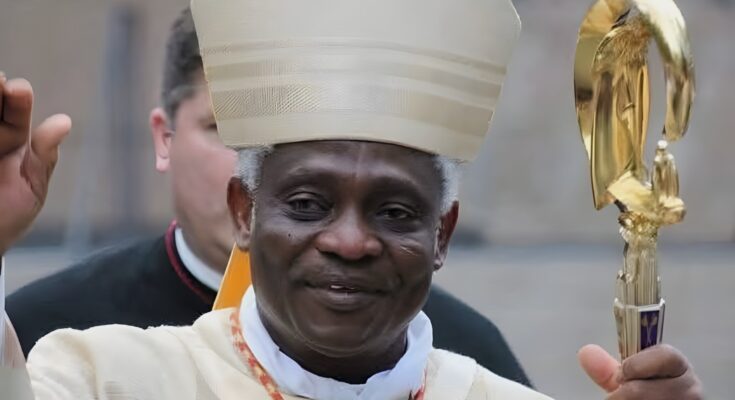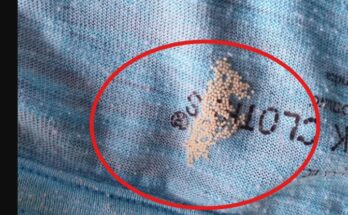

Vatican Conclave 2025: Cardinals to Elect New Pope Following Death of Pope Francis
In a historic moment for the Catholic Church, the Vatican has confirmed the official start of the papal conclave to elect the next pope, following the passing of Pope Francis at age 88 on Easter Monday. The secretive and solemn papal election process will commence on May 7 inside the world-famous Sistine Chapel.
Approximately 135 cardinals from around the world are expected to participate in the confidential conclave, where strict communication restrictions will be in place until a new pope is elected. This momentous event marks the beginning of a new era of religious leadership in the Vatican and carries significant weight for the global Catholic community.
Papal Funeral of Pope Francis Draws Global Attention
On Saturday, tens of thousands of mourners, dignitaries, and members of royal families filled St. Peter’s Square for the funeral of Pope Francis, honoring the late pontiff’s life and spiritual legacy. Hymns echoed from loudspeakers throughout Vatican City as 91-year-old Cardinal Giovanni Battista Re delivered a deeply moving homily.
Following the funeral mass, the pope’s coffin was transported to Santa Maria Maggiore Basilica, passing through Rome’s most iconic landmarks such as the Colosseum, Roman Forum, and the Altare della Patria. Authorities estimated that over 140,000 people lined the streets to pay their respects, waving and applauding as the modified white popemobile carried the pontiff to his final resting place.
On Sunday, the Vatican released official photographs of Pope Francis’s tomb, featuring a single white rose atop a stone slab engraved with his papal name, beneath a softly lit crucifix.
The Papal Conclave: How the Next Pope Is Chosen
The papal conclave is among the most sacred and closely watched events in global religious affairs. Vatican spokesperson Matteo Bruni stated that the process will begin with a solemn mass at St. Peter’s Basilica, after which all eligible cardinal electors will proceed to the Sistine Chapel to begin the confidential voting sessions.
Upon entering the chapel, cardinals must surrender all forms of external communication, including digital devices. The initial vote will take place on the afternoon of May 7, with up to four voting sessions daily thereafter.
A new pope must receive a two-thirds majority vote to be elected. If no consensus is reached within three days, the cardinals may pause for prayer and reflection before resuming the process.
Each ballot is completed on a card that begins with the Latin phrase “Eligo in Summum Pontificem” (“I elect as Supreme Pontiff”), followed by the candidate’s name. Ballots are then burned in a special stove connected to a chimney atop the Sistine Chapel.
- Black smoke signals that no pope has been chosen.
- White smoke indicates that a new pope has been successfully elected.
Global Impact of Papal Succession
The election of a new pope is not only significant to the 1.3 billion Catholics worldwide—it also carries implications for international diplomacy, religious doctrine, and the future direction of the Vatican’s social and moral leadership.
With speculation mounting about potential successors, the world now turns its eyes to the Sistine Chapel, awaiting the moment white smoke emerges to announce a new leader of the Roman Catholic Church.



